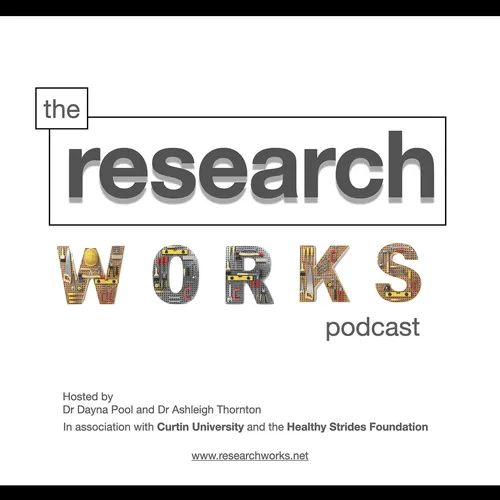Episode 75 (Professor Andrew Whitehouse)
- Author
- Professor Andrew Whitehouse
- Published
- Sat 25 Mar 2023
- Episode Link
- https://www.researchworks.net
Watch the video-cast at the ResearchWorks Podcast YouTube Channel!
https://youtu.be/hO7VkbrVZoE
How much is the right amount of therapy?
Among the most common questions we are asked when it comes to therapy for autistic children is how much therapy should a child be receiving.
This is a really logical question to ask. It reflects the love and concern that parents have for their child, and their strong desire to make decisions that will best support their child now and into the future.
What does the research evidence tell us?
Considerable research over the past three decades have provided good evidence that start to help us understand more about this area. Four clear facts have emerged:
1. Early therapies and supports are important.
Early experiences, including therapy early in a child’s life can help shape early brain development, and this early foundation provides a ‘springboard’ for the development of more advanced skills. Early therapy can also provide a way for parents to receive important advice and guidance at a time when this is particularly needed. Importantly, a focus on early therapies doesn’t mean that supports at later ages are not important or effective as well – they are. Both are important.
2. There is no ‘standard amount’ of therapy.
There is no set amount of therapy that will lead to better outcomes for all children. Some children will require what we call ‘intensive’ supports, which involves substantial amount of time with a practitioner each week. However, many children do not require such intensive supports, and may benefit best from only a small amount time with a practitioner weekly, fortnightly, monthly or just on occasion as required.
3. ‘More’ does not necessarily mean ‘better’.
Research evidence does not indicate that more therapy leads to better outcomes for all children.
4. Quality is as important as quantity.
A focus on asking ‘how much’ can sometimes mean that we don’t focus enough on the critical factor of therapy ‘quality’. Having practitioners who are qualified, with current knowledge and skills, and who have access to supervision, are key elements of good practice. The quality of therapy is every bit as important as the amount of therapy a child receives.
What is a better question to ask?
The research evidence tells us that when we ask ‘how much’, we are actually asking the wrong question.
Instead, a better question to ask is: How much is the right amount of therapy for my child and family, right now.
An answer to this question emerges through a partnership between the child, their family and the practitioner. Each person brings unique knowledge and skills to that decision.
How much therapy is needed is determined by the child’s goals, strengths, challenges, and family context. It is only by weighing up all of the information available that a shared decision can be made as to what is the right amount of support now. Ongoing monitoring and review of support gaps or successes, can then decide what, if anything, needs to change to better suit the needs of the child and family.
For those interested in the video-cast, our entire conversation is now available to view on our YouTube page.
https://www.youtube.com/@researchworkspodcast
